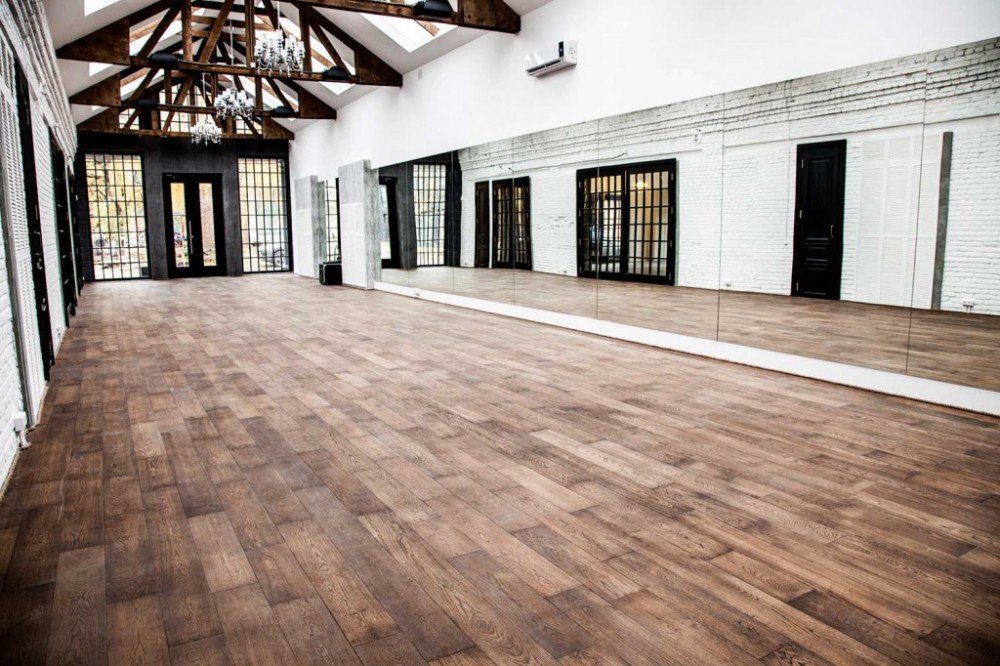In what sequence to perform the joining of tiles and laminate?
Starting a repair in the kitchen, for a long time they could not decide on the type of flooring. On the one hand I wanted practicality, and on the other hand, comfort. I’ll make a reservation right away that there is no possibility to arrange a “warm floor”. Our kitchen is large and, as in many houses, simultaneously performs two functions - a place for cooking and a dining room. In addition, there are small children in the family who are difficult to make to get off the floor and put on slippers. After much debate, they came to the conclusion that in the working area the coating should be as practical as possible, and in the dining room area - warm and comfortable. The choice fell on ceramic tiles and a good laminate. But now it’s not clear how to connect all this. In what order do the work? Where to start? Put the tile, and then fit the laminate under it or vice versa? How to close the junction?
Good afternoon, let's figure it out. You need to start, of course, with the tiles. And only after the end of the "wet" processes, you can start laying the laminate.
There are a lot of ways to combine two types of flooring. These are all kinds of sealants, and moldings from a variety of materials.
In your case, when you have to join the tile and the laminate, you must remember that the latter is subject to thermal expansion. This means that when the temperature and humidity in the room change, the linear dimensions of the coating change. So, fixing it “tightly” is not recommended. In addition, the trimmed edge of the die does not always look aesthetically pleasing. Hide it with sealant or mastic is unlikely to succeed.
All these features become weighty arguments in favor of skirting boards and moldings.
Important! Do not completely abandon the use of sealant. As you know, a laminate is afraid of water, which means that it needs to be reliably protected. To do this, the edge of the nut directed towards the tile can be “planted” on the sealant. In this case, water from the working area will not leak onto the substrate, and the laminate mobility will remain.
It remains only to choose the appropriate material. Here, much depends on the configuration of the junction line. If with direct transitions everything is more or less clear, then you will have to tinker with curvilinear ones.
Curved Dock Profile Overview
- Plastic flexible profile. This material can take almost any form, which will allow you to realize even the wildest fantasies. But he bends only after heating with a construction hairdryer. Unfortunately, not every home master has access to such equipment.
- Aluminum profile. This material is sold immediately in a curved form, so you need to buy it before you start laying tiles. There are a lot of configurations of such profiles, and you can easily find the right one. Its only drawback is unstable paint. With intensive use, after a while it will be scratched and worn.
- Wood profile It is recommended to use mainly with parquet. Against the background of natural wood, the laminate will not look the best. Yes, and pick up the color of the varnish for processing the nut will be quite difficult. It should be noted that a curved wooden profile is an expensive pleasure. Most likely, it will be necessary to make it on order.





